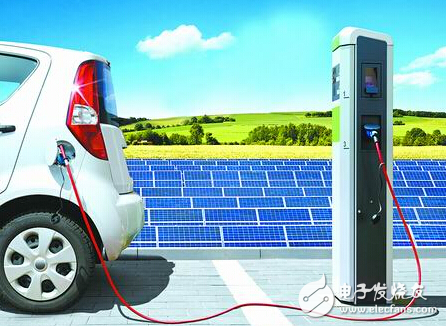An electric vehicle is a vehicle that is driven by a vehicle power source and driven by a motor to meet the requirements of road traffic and safety regulations. As the impact on the environment is relatively small compared to traditional cars, its prospects are widely optimistic, but the current technology is not mature. The charging problem has always been recognized as a problem. Today, we will introduce you to the electric vehicle charging system, so that everyone has a general understanding. - Contact type: single phase AC, three phase AC, DC - Non-contact: wireless charging The charger power corresponding to different driving ranges is generally as follows: Single-phase charging technology to three-phase charging technology; One-way charging technology develops to two-way charging and discharging technology; The charging method is automatically developed from manual to no one; The expansion functions and value-added services of the charging system are continuously enriched; The main function of the car charger is to convert the AC 220V mains into high-voltage DC (such as DC400V) to charge the power battery to ensure the normal driving of the vehicle. The device is an AC/DC power conversion device. The vehicle charger and the market pile are used for communication, and the communication and power adjustment are completed according to the national standard. The national standard is GB/T20234. Existing charger development circuit topology: 1) Non-isolated Representative: BYD E6 (inverter charging system) Advantages: The circuit control is simple, and the circuit structure can be shared with the motor controller; Disadvantages: Relatively low security. 2) Isolated - Rectifier Bridge + PFC + Phase Shift Full Bridge - Representative: LEAF LEAF, 90% - Rectifier bridge + PFC + LLC - representative: Tesla, 93% Advantages: High isolation security. LLC is more efficient and better electromagnetic compatibility than phase-shifted full bridges; Disadvantages: More components and complex control algorithms. Intelligent charging system: designing the origin of user charging experience, combined with vehicle assisted driving technology, wireless energy transmission technology, Internet technology, artificial intelligence technology and other cutting-edge technologies combined with charging system. - Provides charging support at any location, any power state, and any usage scenarios - Compatible with instant, scheduled, and adaptive vehicle charging methods With the vigorous development of the new energy automobile industry, various car companies are exerting their strength in the field of electric vehicle charging. It is believed that the problem of charging difficulties will be solved quickly, or it is more convenient than gasoline vehicles. Agriculture Staple,604 Fixing Nail,Hardware Staples Nail,Custom Agricultural Use Nail Zhejiang Best Nail Industrial Co., Ltd. , https://www.beststaple.com